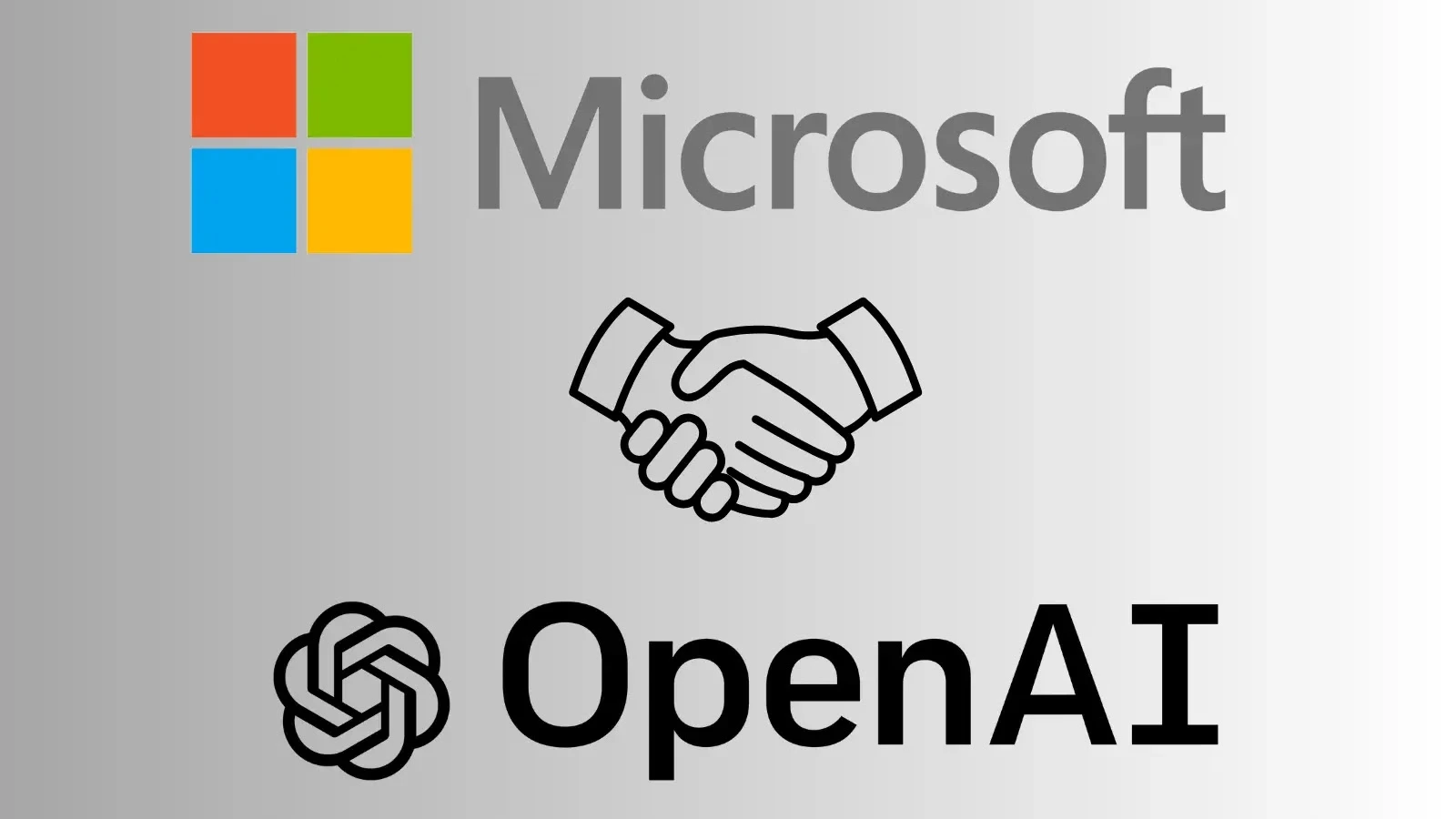Microsoft’s relationship with artificial intelligence firm OpenAI remains under increasing scrutiny as questions arise over transparency and governance.
While the tech giant has disclosed that OpenAI qualifies as an “equity method investment” in its financial statements signifying significant influence investors and analysts say the disclosures fall short of fully explaining the depth and nature of the partnership.
The issue has come to the forefront after Microsoft’s latest quarterly filing again omitted detailed “related party” disclosures regarding OpenAI, despite the close operational and financial ties between the two companies.
Microsoft’s collaboration with OpenAI has been one of the most consequential technology alliances of the decade.
Since first investing in the ChatGPT developer in 2019, Microsoft has reportedly committed more than $13 billion to the startup, securing access to its advanced generative AI models and integrating them across products such as Bing, Azure, and Microsoft 365.
Under US accounting standards, companies must disclose transactions and relationships with entities they have significant influence over.
In Microsoft’s filings, OpenAI is categorized as such an entity. That classification implies Microsoft can exert substantial control or influence, even without outright ownership.
However, Microsoft’s financial reports have offered few specifics about how its partnership with OpenAI is structured, how revenues are recognized, or whether governance oversight mechanisms exist.
The ambiguity has drawn attention from regulators and investors alike, who argue that transparency is essential given OpenAI’s growing role in shaping Microsoft’s strategic direction.
“Investors need a clear understanding of what Microsoft’s exposure is both financially and reputationally to OpenAI,” said Claire Donovan, a corporate governance analyst at Mornington Research in New York.
The relationship appears to be deeper than what is reflected in filings. Experts in corporate disclosure and technology law argue that Microsoft’s filings reveal only a partial picture.
While the company acknowledges its influence, the absence of detailed related party transactions such as licensing, revenue sharing, or board level coordination raises questions about compliance with the spirit of transparency requirements.
“Microsoft’s disclosure practices meet the letter of the rules, but perhaps not the intent,” said Daniel Kruger, a professor of accounting at the University of Pennsylvania’s Wharton School.
“The OpenAI partnership is central to its business model, so more granular reporting would be appropriate to inform investors. Microsoft has repeatedly emphasized that OpenAI remains an independent entity.
A company spokesperson said the relationship is designed to “empower innovation while maintaining structural separation.”
Still, analysts point out that Microsoft holds a non voting observer seat on OpenAI’s board and provides the cloud infrastructure that powers the company’s AI models an influence that extends beyond traditional investment roles.
“Even without voting control, Microsoft’s position as the primary infrastructure and financial partner gives it significant leverage,” Kruger said. Microsoft’s financial exposure to OpenAI has grown alongside its AI ambitions.
The company’s AI related capital expenditures reached more than $14 billion over the past year, a figure that includes investments in data centers and AI infrastructure, according to earnings reports.
By contrast, Alphabet’s reported AI investments through Google DeepMind and Anthropic partnerships have been less centralized, with clearer disclosures around cost sharing and intellectual property rights.
“Compared to peers, Microsoft’s disclosures about OpenAI remain opaque,” Donovan said. “Google, Amazon, and Meta all outline key metrics and revenue impacts tied to their AI operations, even when they involve external partnerships.”
The lack of detail may reflect the complex and evolving nature of Microsoft’s arrangement with OpenAI, which has both profit and nonprofit components.
OpenAI’s unique corporate structure a capped profit model limits investor returns but gives partners significant strategic access to technology. Among investors and corporate governance advocates, reactions to Microsoft’s approach are mixed.
Some argue that the company’s track record of compliance and financial stability offsets the need for greater disclosure. Others say transparency is critical to maintain trust amid growing public concern over AI ethics and accountability.
“I’m a long term Microsoft shareholder, and I believe in their AI strategy,” said Robert Jenkins, a Seattle based investor. “But when a partnership drives so much of the company’s future, investors deserve to know exactly how it works.”
Others are less patient. “If OpenAI is effectively part of Microsoft’s operational ecosystem, it should be reported as such,” said Laura Espinoza, director of the nonprofit Transparency Now.
“Opaque accounting only feeds speculation about influence, control, and risk.” Within the AI community, some developers worry that corporate concentration could stifle innovation.
“When so much AI infrastructure is tied to one company, it can shape the direction of the field in ways we don’t fully understand,” said Ahmed Rafiq, an independent AI researcher based in London.
The Securities and Exchange Commission has not indicated any formal review of Microsoft’s reporting practices, but regulatory experts believe such scrutiny is possible if investor concerns persist.
Future disclosures may come under pressure to detail the revenue sharing, licensing fees, and governance arrangements between the two companies.
“AI partnerships like this are testing the boundaries of existing accounting rules,” said Kruger. “It’s likely that regulators will need to revisit disclosure requirements to reflect the realities of strategic tech alliances.”
Microsoft, meanwhile, continues to deepen its integration of OpenAI models into its ecosystem, signaling that the partnership will remain central to its business strategy. Analysts expect future filings to include expanded information as investor demands for clarity grow.
Microsoft’s partnership with OpenAI has reshaped the technology landscape, driving innovation in generative AI and redefining the company’s strategic trajectory.
Yet, the lack of transparency around the financial and operational contours of that relationship continues to raise concerns among investors and experts.
Until Microsoft provides fuller disclosure about how it manages, influences, and benefits from its OpenAI investment, questions will persist about the extent of its control and the true nature of one of the most consequential corporate alliances in the AI era.

